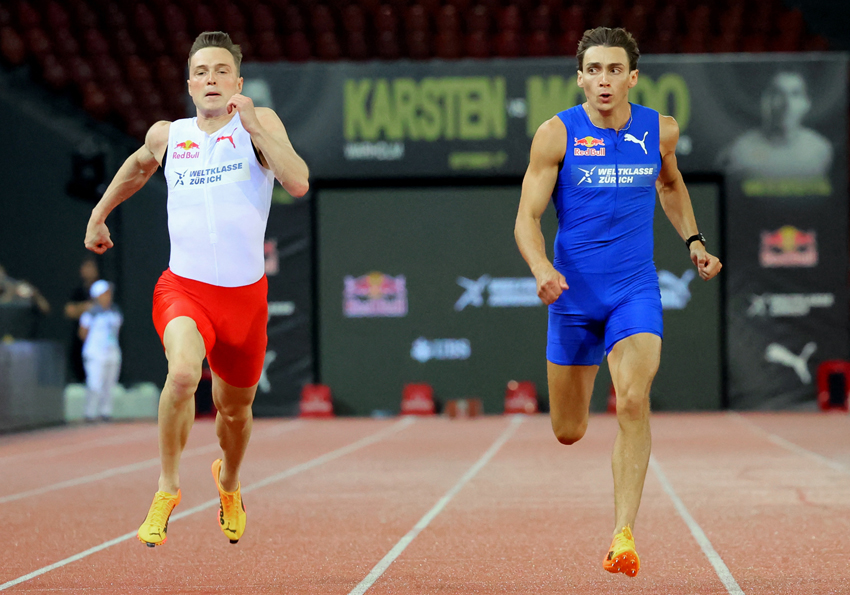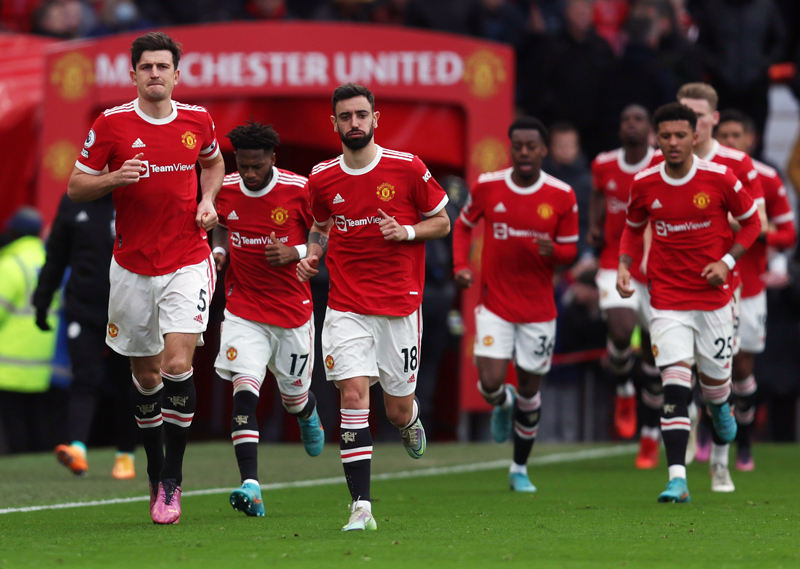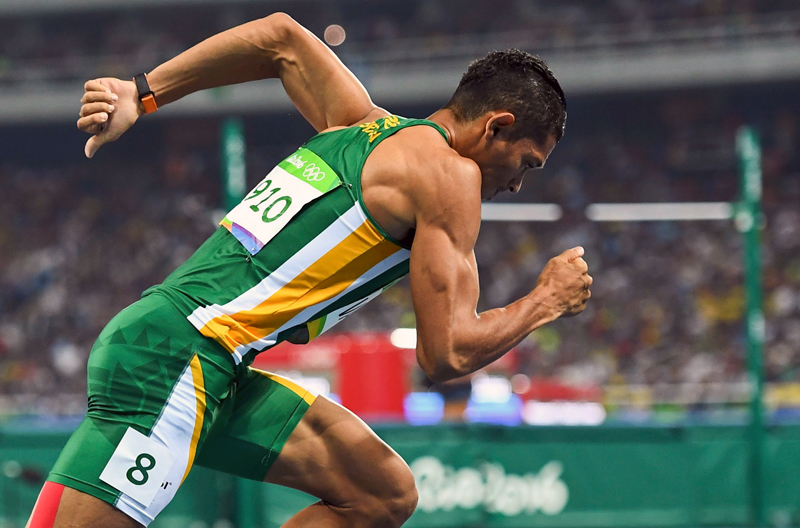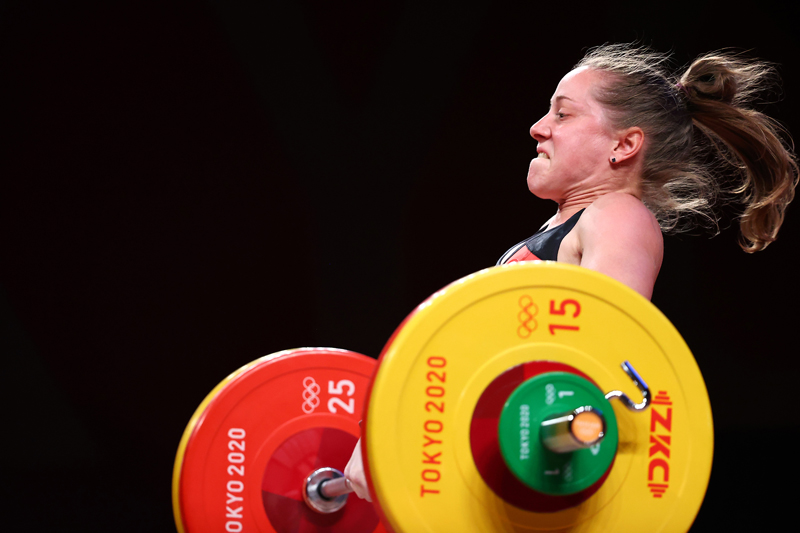Sprint training for team sports: head to the beach!
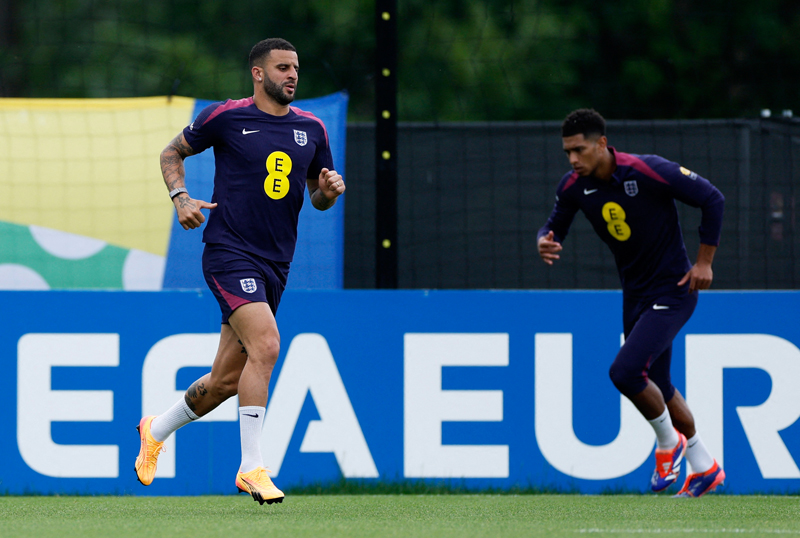
High levels of aerobic fitness and excellent athletic performance tend to go hand in hand. In pure endurance sports such as distance running, cycling, swimming etc, high maximum levels of oxygen uptake (VO2max) and the ability to use a large percentage of this maximum oxygen uptake over sustained periods of time are very predictive of an athlete’s performance(1). However, when it comes to team sports such as soccer, rugby, basketball etc, it’s not quite so simple. In soccer and rugby for example, the intermittent nature of the sport involves various sporadic but high-intensity actions such as changes of direction, high-intensity running, sprinting and jumps(2).
The important of high-intensity running and sprint ability in team sports
Let’s take a closer look at the importance of high-intensity performance in team sports using soccer as an example. Although much of the energy expended on the pitch during a game occurs during walking, jogging and running, the total distance covered during a soccer game is actually a poor gauge of the physical demand placed on a player. Instead, it is the distance covered performing high-intensity running/sprinting/jumping that is a more valid and reliable indicator of a player’s performance capability – even though it constitutes a much smaller proportion of a player’s activity profile (see figure 1). Data gleaned from research into soccer players shows why this is the case(3):
· It is during high-intensity periods of play that the outcome of a game is often decided.
· During the second half of a game, the volume of high-intensity running can be 35 to 45% less than in the first half, without a reduction in low-intensity running.
· A defining characteristic of elite soccer players is that they run further at a high-intensity during a game compared to moderate-standard players.
· To gain an improvement in fitness that will benefit soccer performance (and other team sports performance), it is imperative that training should include not only endurance sessions, but also training elements designed to improve a player’s capability to perform intermittent high-intensity exercise – eg intermittent sprint training.
Figure 1: Positional breakdown of workload intensity during an English Premiership game
You need to be logged in to continue reading.
Please register for limited access or take a 30-day risk-free trial of Sports Performance Bulletin to experience the full benefits of a subscription. TAKE A RISK-FREE TRIAL
TAKE A RISK-FREE TRIAL
Newsletter Sign Up
Testimonials
Dr. Alexandra Fandetti-Robin, Back & Body Chiropractic
Elspeth Cowell MSCh DpodM SRCh HCPC reg
William Hunter, Nuffield Health
Newsletter Sign Up
Coaches Testimonials
Dr. Alexandra Fandetti-Robin, Back & Body Chiropractic
Elspeth Cowell MSCh DpodM SRCh HCPC reg
William Hunter, Nuffield Health
Keep up with latest sports science research and apply it to maximize performance
Today you have the chance to join a group of athletes, and sports coaches/trainers who all have something special in common...
They use the latest research to improve performance for themselves and their clients - both athletes and sports teams - with help from global specialists in the fields of sports science, sports medicine and sports psychology.
They do this by reading Sports Performance Bulletin, an easy-to-digest but serious-minded journal dedicated to high performance sports. SPB offers a wealth of information and insight into the latest research, in an easily-accessible and understood format, along with a wealth of practical recommendations.
*includes 3 coaching manuals
Get Inspired
All the latest techniques and approaches
Sports Performance Bulletin helps dedicated endurance athletes improve their performance. Sense-checking the latest sports science research, and sourcing evidence and case studies to support findings, Sports Performance Bulletin turns proven insights into easily digestible practical advice. Supporting athletes, coaches and professionals who wish to ensure their guidance and programmes are kept right up to date and based on credible science.




